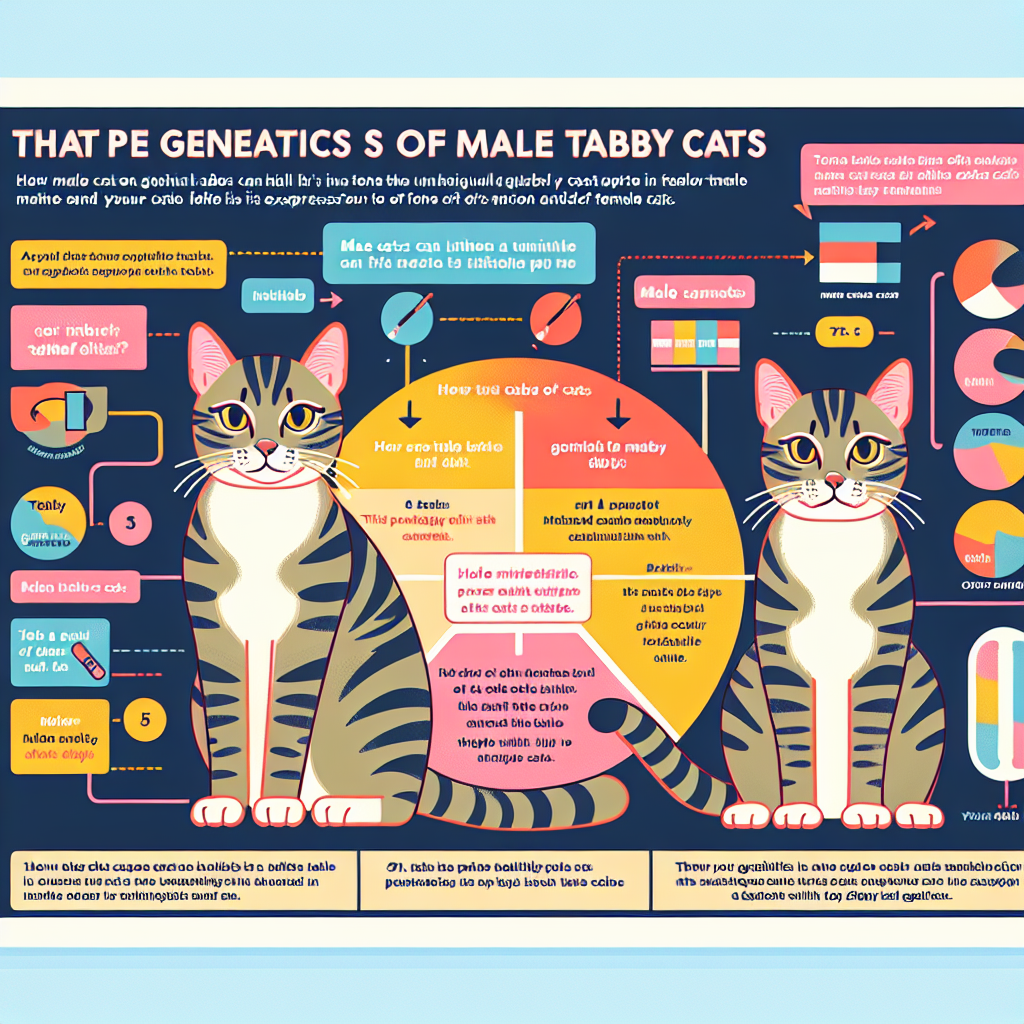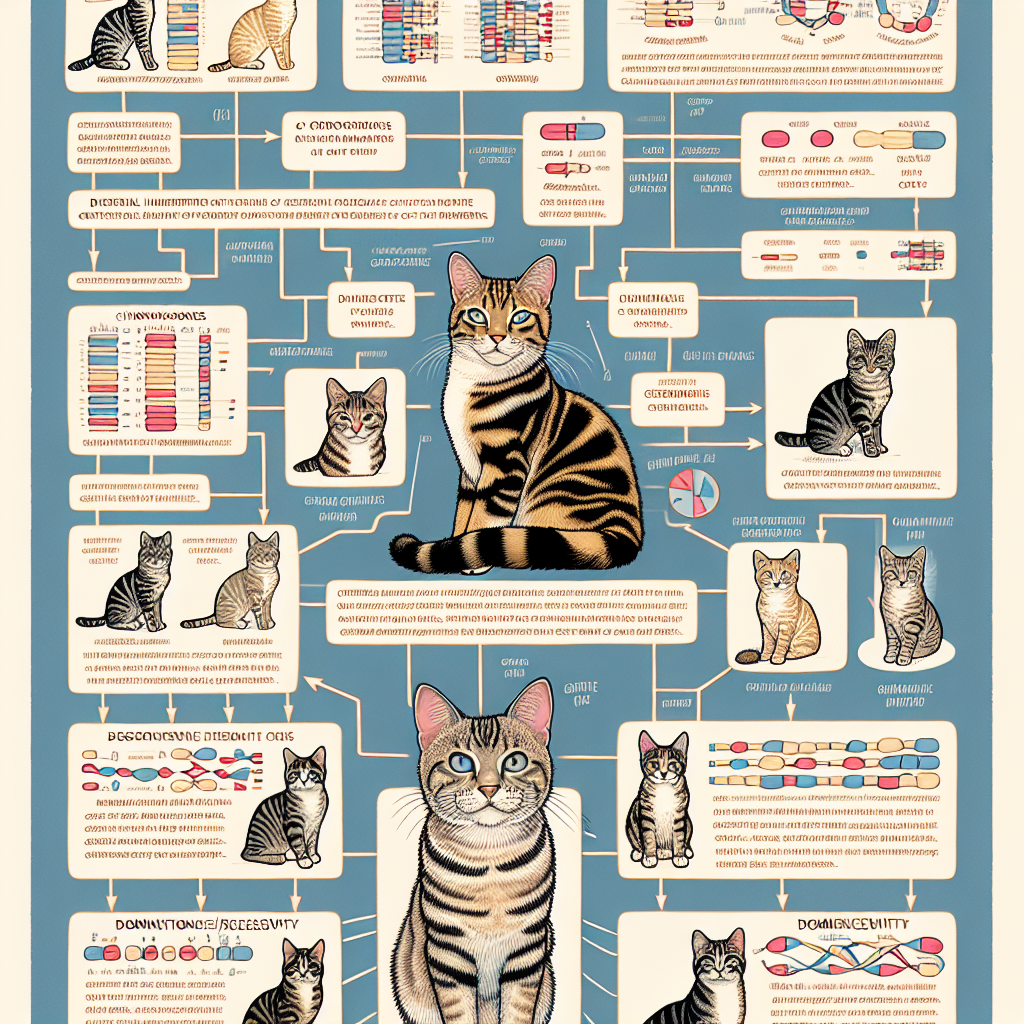Have you ever wondered if male cats can be tabbies? Well, the answer is a resounding yes! Contrary to popular belief, tabby cats are not exclusive to female felines. In fact, male cats can indeed possess the distinctive tabby coat pattern, exhibiting those charming swirls and stripes that make tabbies so beloved. So, if you have a male cat with a coat adorned with captivating patterns, rest assured that he is still a bona fide tabby!
Can male cats be tabbies?

Overview of tabby cats
Tabby cats are one of the most common coat patterns found in domestic cats. The term “tabby” refers to a distinct coat pattern characterized by swirls, stripes, or spots on the cat’s fur. It is important to note that tabby is not a breed, but rather a pattern that can be found in cats of various breeds and even mixed breeds.
Types of tabby patterns in cats
There are several types of tabby patterns that can be observed in cats. These include the mackerel tabby pattern, the classic (marbled) tabby pattern, the spotted tabby pattern, the patched (torbie) tabby pattern, and the ticked tabby pattern. Each of these patterns has its own unique appearance and charm.
The mackerel tabby pattern is characterized by narrow, parallel stripes that run vertically along the cat’s body, resembling the bones of a fish skeleton. The classic tabby pattern, also known as the marbled tabby pattern, features swirling patterns that create a marbled or bullseye-like look on the cat’s fur. The spotted tabby pattern, as the name suggests, consists of distinct spots or blotches on the cat’s coat. The patched tabby pattern, also known as torbie, is a combination of tabby patterns and patches of red or cream color. Lastly, the ticked tabby pattern is characterized by individual hairs with bands of different colors, resulting in a salt-and-pepper appearance.
Understanding cat genetics
To understand the occurrence of tabby patterns in cats, it is important to have a basic understanding of cat genetics. The occurrence of tabby patterns is influenced by specific genes responsible for coat color and pattern in cats. These genes interact with each other and determine the final appearance of a cat’s coat.
Is the tabby pattern specific to certain genders?
The tabby pattern can occur in both male and female cats. It is not specific to a particular gender. However, there are some misconceptions surrounding the prevalence of tabby patterns in male cats, which we will explore further.

Factors influencing tabby pattern in male cats
Various factors can influence the tabby pattern in male cats. These factors include genetic factors, hormonal factors, environmental factors, and health-related factors.
Genetically, the occurrence of tabby patterns is primarily determined by specific genes. Hormonal factors, such as testosterone levels, can also play a role in the development and expression of certain coat patterns in male cats. Environmental factors, such as exposure to sunlight, can influence the intensity and coloration of a tabby cat’s coat. Lastly, certain health conditions or underlying genetic factors can impact the appearance of a male tabby cat’s coat.
Common misconceptions about male tabbies
There are several misconceptions surrounding male tabbies. One common misconception is that tabby patterns are more commonly found in female cats. This is not true, as tabby patterns can occur in both male and female cats. Another misconception is that male tabbies are less masculine or more feminine due to their coat pattern. This is a baseless assumption, as a cat’s coat pattern has no bearing on its gender identity or characteristics.
Additionally, there is a misconception that specific coat colors are exclusive to certain genders. For example, some believe that orange tabby cats are always male, while calico or tortoiseshell cats are always female. In reality, coat colors are determined by the interaction of different genes, and while certain colors may be more common in one gender, they are not exclusive to it.
Lastly, some people wrongly assume that the behavior of a cat is influenced by its coat pattern. This is not supported by scientific evidence and can lead to unfair stereotypes or expectations towards male tabbies.
Health considerations for male tabbies
While male tabbies are generally healthy cats, certain health considerations should be kept in mind. For example, male tabbies with predominantly white fur may be more prone to certain genetic conditions, such as deafness or a higher risk of developing skin cancer from sun exposure. Regular veterinary care and check-ups are essential to ensure the overall health and well-being of male tabby cats.
Care and grooming tips for male tabbies
Proper care and grooming are important for maintaining a healthy coat in male tabbies. Regular brushing helps to remove loose fur and prevent matting. It is also important to provide a balanced and nutritious diet to support a healthy coat. Additionally, male tabbies with longer fur may require more frequent grooming to prevent tangles and matting.
When grooming a male tabby, it’s essential to choose appropriate grooming tools and techniques. Gentle brushing and regular bathing can help keep their coat clean and reduce shedding. However, it is important to consult with a veterinarian or professional groomer for specific grooming recommendations based on your male tabby’s individual needs.
Traits and behaviors commonly found in male tabbies
Male tabbies, like any other cats, can display a wide range of traits and behaviors. It is important to remember that each cat is unique and may have its own distinct personality. However, some traits commonly associated with male tabbies include playfulness, curiosity, and a friendly nature. Male tabbies often enjoy interactive play with their human companions and can be quite affectionate.
Final thoughts
Male cats can indeed be tabbies, and the tabby pattern is not exclusive to any particular gender. It is important to appreciate the diversity of tabby cats and celebrate the uniqueness of male tabbies. By understanding the factors influencing tabby patterns in male cats and dispelling common misconceptions, we can better care for and appreciate these beautiful feline companions. So whether your male cat is a mackerel, classic, spotted, patched, or ticked tabby, remember to love and cherish them for the exceptional cats they are.

